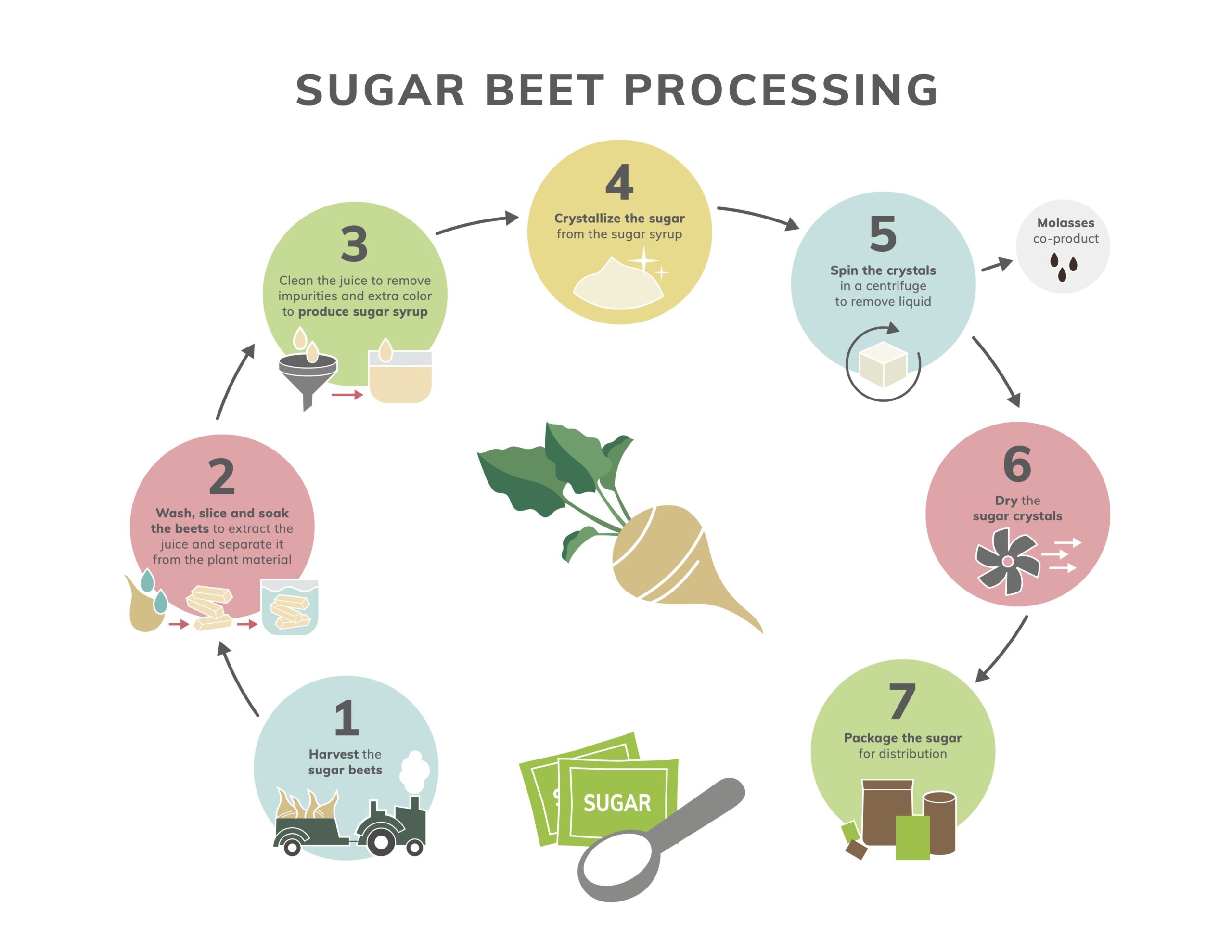Leading Cane Sugar Processing Chemicals: Boost Your Production
Leading Cane Sugar Processing Chemicals: Boost Your Production
Blog Article
Maximizar Rendimientos Y Minimizar Costos: Estrategias Avanzadas Para La Optimización Química Del Procesamiento De Azúcar De Caña
In the world of walking stick sugar handling, the pursuit of taking full advantage of yields while simultaneously minimizing expenses stands as an awesome difficulty that calls for a critical mix of sophisticated chemical optimization methods. The ins and outs of this undertaking explore the core of effectiveness, where every aspect of the procedure plays a vital function in achieving ideal results. By discovering the details of chemical evaluation, enzyme utilization, pH control, filtering, and distillation approaches, a landscape rich with opportunities for enhancement and technology arises. In the middle of this elaborate web of techniques lies the pledge of unlocking untapped possibility and reinventing the extremely essence of sugar production. Cane Sugar Processing Chemicals.
Chemical Evaluation for Performance
Chemical analysis plays an essential role in enhancing the efficiency of sugar walking stick handling by giving important insights into the make-up and residential or commercial properties of the raw products. By carrying out comprehensive chemical analyses on sugar cane samples, cpus can identify the precise focus of sucrose, glucose, fructose, and other elements existing in the raw product. This information is vital for enhancing the various phases of the sugar cane processing chain, from crushing to condensation.
Furthermore, chemical analysis enables processors to recognize contaminations such as natural acids, healthy proteins, and minerals that can affect the high quality and yield of the last sugar product. By measuring these pollutants, processors can execute targeted strategies to eliminate or reduce their results, ultimately improving the total effectiveness of the processing plant.
Additionally, chemical evaluation assists in the monitoring of process parameters such as pH, temperature, and thickness, enabling processors to make real-time adjustments to make sure ideal problems for sugar removal and formation. Generally, a detailed understanding of the chemical make-up of sugar cane is crucial for making the most of returns, reducing prices, and keeping high product high quality in the sugar production industry.

Enzyme Usage for Raised Yields
With a strategic method to enzyme application, sugar cane cpus can significantly boost their returns while keeping operational performance in the manufacturing procedure. Enzymes play a crucial role in sugar walking stick handling by damaging down complex carbs right into simpler sugars, thus boosting the overall sugar removal performance. By integrating details enzymes customized to target the various components of sugar cane, such as cellulose and hemicellulose, cpus can improve the launch of sugars throughout removal.
Enzyme utilization provides the advantage of optimizing sugar click resources returns from the raw product while minimizing the power and sources needed for handling. This results in a more lasting and affordable manufacturing process. Additionally, enzymes can aid in minimizing processing time and improving the general high quality of the sugar item. With cautious choice and application of enzymes, sugar walking stick cpus can maximize their procedures to accomplish higher yields and success.
Ph Control for Optimal Handling
Enzyme use for increased yields in sugar cane processing lays the structure for addressing the crucial aspect of pH control for ideal handling efficiency. Preserving the proper pH degree throughout various phases of sugar walking stick processing is vital for maximizing returns and reducing expenses. By carefully monitoring and readjusting the pH levels at different processing steps, sugar walking stick processors can boost sugar recovery prices, decrease chemical use, and maximize the general production procedure.
Advanced Filtration Methods
Applying sophisticated filtration methods in sugar walking cane processing enhances the effectiveness and pureness of the final product via improved separation approaches. By incorporating innovative filtering innovations, such as membrane filtration and activated carbon filtration, sugar walking stick processing plants can attain greater levels of sugar recovery and boosted top quality control.

Activated carbon filtration is another innovative strategy that go to these guys helps in the removal of colorants, off-flavors, and recurring pollutants from sugar cane products. By using activated carbon's adsorption properties, this filtering approach improves the quality and taste of the sugar, fulfilling the high requirements required by consumers and market guidelines.
Energy-Efficient Distillation Techniques
Energy-efficient purification methods are necessary for optimizing the sugar cane processing sector's energy consumption while preserving premium product standards. Traditional distillation procedures can be energy-intensive, resulting in greater production costs and ecological effects (Cane Sugar Processing Chemicals). Carrying out energy-efficient purification techniques, such as vacuum cleaner distillation or molecular distillation, can significantly lower energy demands while boosting general procedure effectiveness
Vacuum distillation involves decreasing the stress within the purification system, which decreases the boiling factor of the liquid blend being processed. This decrease in boiling point lowers the energy required for vaporization, leading to energy cost savings compared to traditional distillation techniques.
On the various other hand, molecular distillation utilizes brief course purification strategies under high vacuum cleaner problems to separate substances based on their molecular weight. This technique is specifically efficient for heat-sensitive substances, as it operates at reduced temperatures, decreasing energy consumption and maintaining product quality.
Final Thought

Report this page